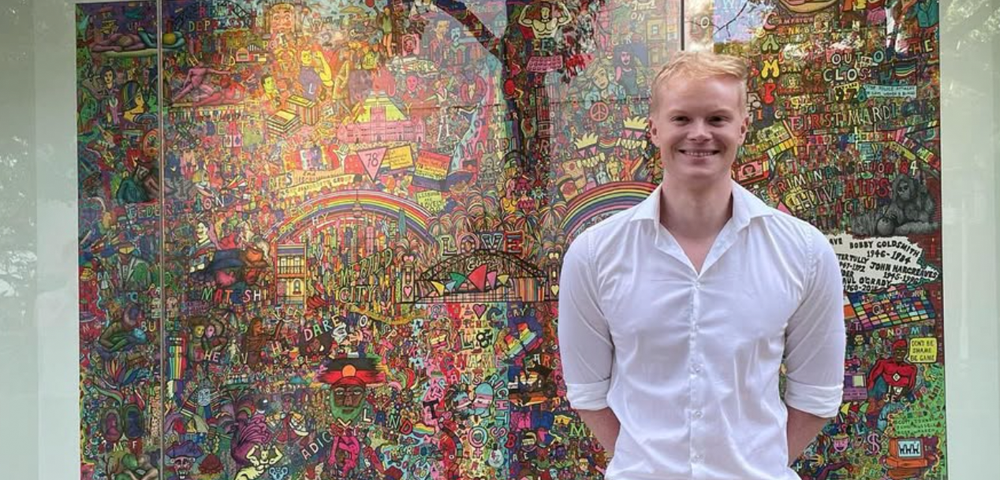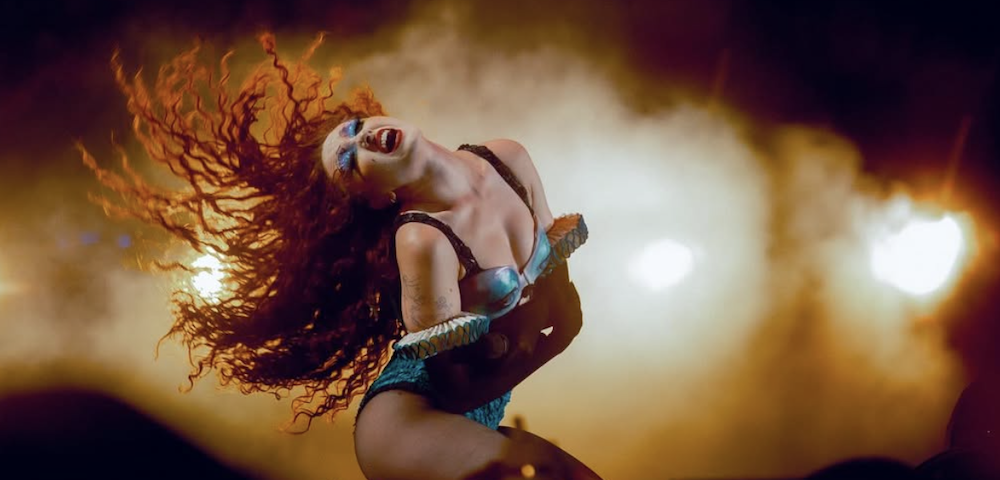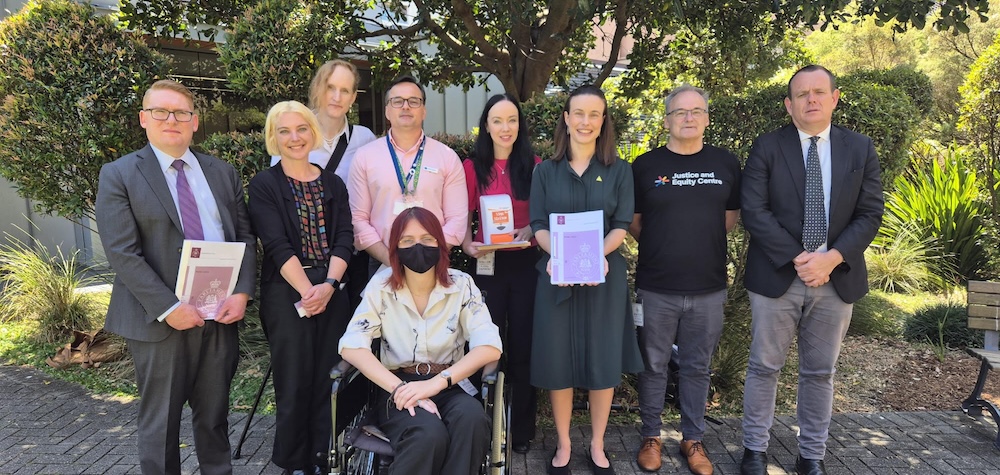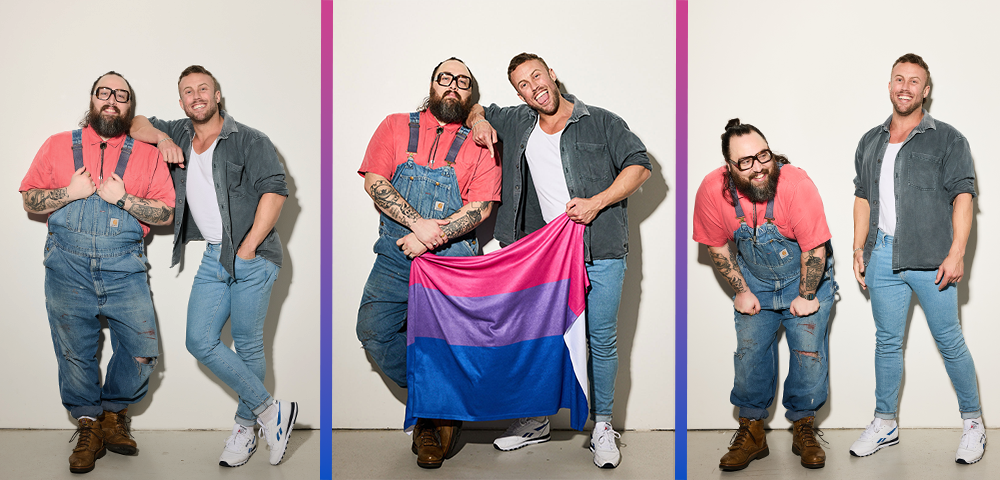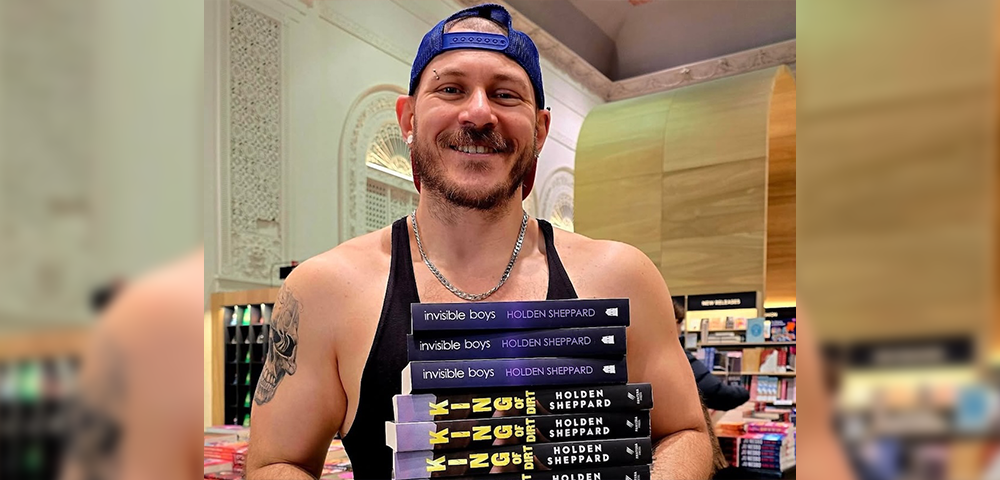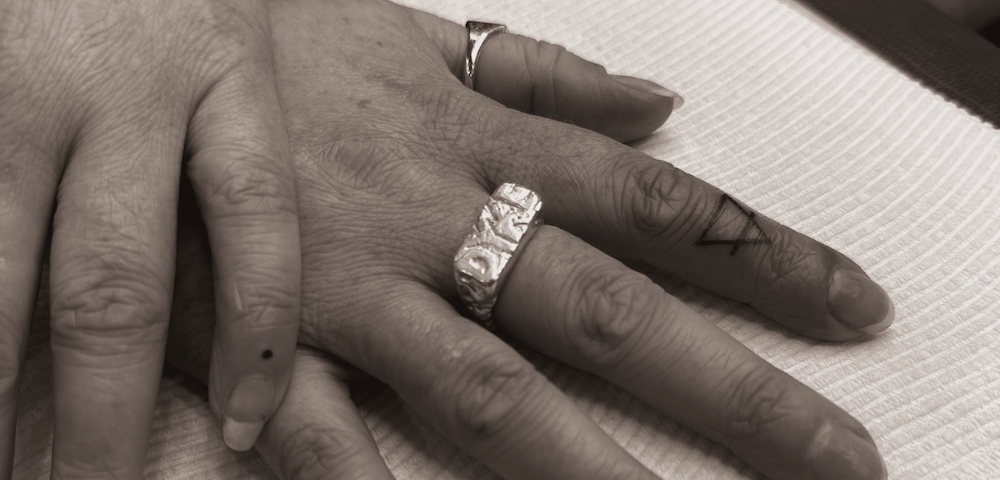
Creating Safe Spaces For LGBT Community And Allies
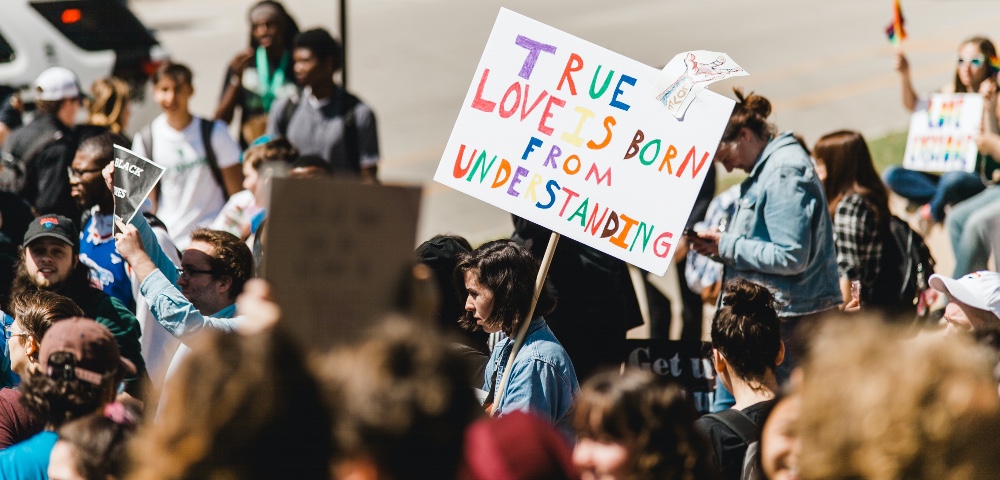
I want to start a conversation.
I want to start a conversation about change – about how we create the change that makes the world, or our small part of it – better for queer folk.
I came out as a baby-dyke almost 40 years ago and I’ve been helping to create change alongside you and many others ever since. And lately, I’ve been reflecting on those 40 years; not so much on what we changed (which is a lot), but how we did that change. And I’ve also been thinking about the cost, the impact – on me, on you, on our collective mental health.
Change happens in a lot of ways but, critically, it happens at the intersection of the queer community and the non-queer community. How we engage with the non-queer community directly affects how successful we are in effecting positive change for us.
And right now, I don’t think we’re doing that very well.
I think we can do it better and I think we need to do it better.
Our Allies
I know that there are many, many horribly queerphobic people out there who are never going to change, and I actually think we shouldn’t waste our energies trying. But they are absolutely not the majority and there is a vast ‘movable middle’ out there – our neighbours, colleagues, family members, people we play sports or study with – people who want to be our allies and people who, with the right sort of engagement – will become our allies.
But right now we don’t make it easy for them. In fact, often, we make it more difficult.
We ask – actually, we demand – that they do a whole bunch of things. We ask them to use, correctly and consistently, language and definitions and terminology that we don’t as a community even agree on ourselves.
We ask them to educate themselves about our lived experience and not rely on us to educate them. And that means they’ve got to get their head around the L and the G and the B and the T and the I and the Q and the A.
We ask them to learn about the concept of intersectionality and to understand the complexity and impact of race, ethnicity, cultural background, disability, age, First Nations status – and more. Even when we don’t always do that ourselves.
We ask them to cast aside their deeply held religious beliefs, and we are certainly not above ridiculing and denigrating those beliefs. And sometimes we forget that many of our own communities have a religious faith, too.
We demand their respect, when we don’t always give it. I think we need to listen and hear more. I think we need to assume good intentions more often.
Creating Safe Spaces For Allies
I think we need to create a safe space for everyone, including non-queer people. I think we need to see their effort and motivation. I think we need to understand their fears. I think we need to allow space and time for their questions. I think we need to respect how important their faith is to them. I think we need to try to understand their core values. I think we need to see their families and cultural backgrounds. I think we need to acknowledge that what we ask can sometimes be challenging. I think we need to address the impact of our trauma on how we work. I think we need to sometimes sit with our own discomfort. I think we need to give them time to process and change.
And if you’re thinking, I’m sounding like some kind of apologist for straight people or homophobes – or that this is all a little naive – let me assure you that is not the case. This is not some kind of turn-the-other-cheek philosophy; it’s not about letting queer phobia go unchallenged; and it’s not about letting people hide, deny or dissemble – quite the opposite, in fact.
It comes from a place of strength, not weakness. I’m saying all this because strategically it’s what works.
It’s about creating an environment in which our opponents become a little less confident in the surety of their position and are ready to consider an alternative view. It’s about instilling the slightest doubt in their own minds and then offering a different perspective.
It’s about giving them a sense of safety so they can change their mind. It’s how we create the change we want to see in the world. It’s based on those almost 40 years of change-making I mentioned at the start.
Turing Hurt Into Healing
I believe this is how we take people on a journey with us; it’s how we move them in our direction; it’s how we get them from no to yes – and that’s how we build that change we all want to see.
But truly, I believe that working in this way can also be better for us – the advocates. I believe it can actually lessen the negative impact and support positive mental health.
I think we might find that it is less exhausting and more sustainable than constantly being in fight mode. I think we might find that we have more control of the process and a greater sense of agency. I think we might discover there is less queer phobia in the world and a lot more just plain ignorance.
I think we might be affirmed by what we achieve and rewarded by our successes. And you might not think of it as advocacy or fighting, but it absolutely is and, I think in the end it’s actually more effective.
For me, working this way has certainly reduced the toll it’s taken on my mental health without a doubt. It’s given me a greater capacity and long-term sustainability. But, most of all, it’s helped me turn some of that hurt into healing.
Jac Tomlins is a writer, consultant and long-time LGBTIQ advocate. She is a member of the Victorian Government LGBTIQ Taskforce Health and Human Service Working Group.




